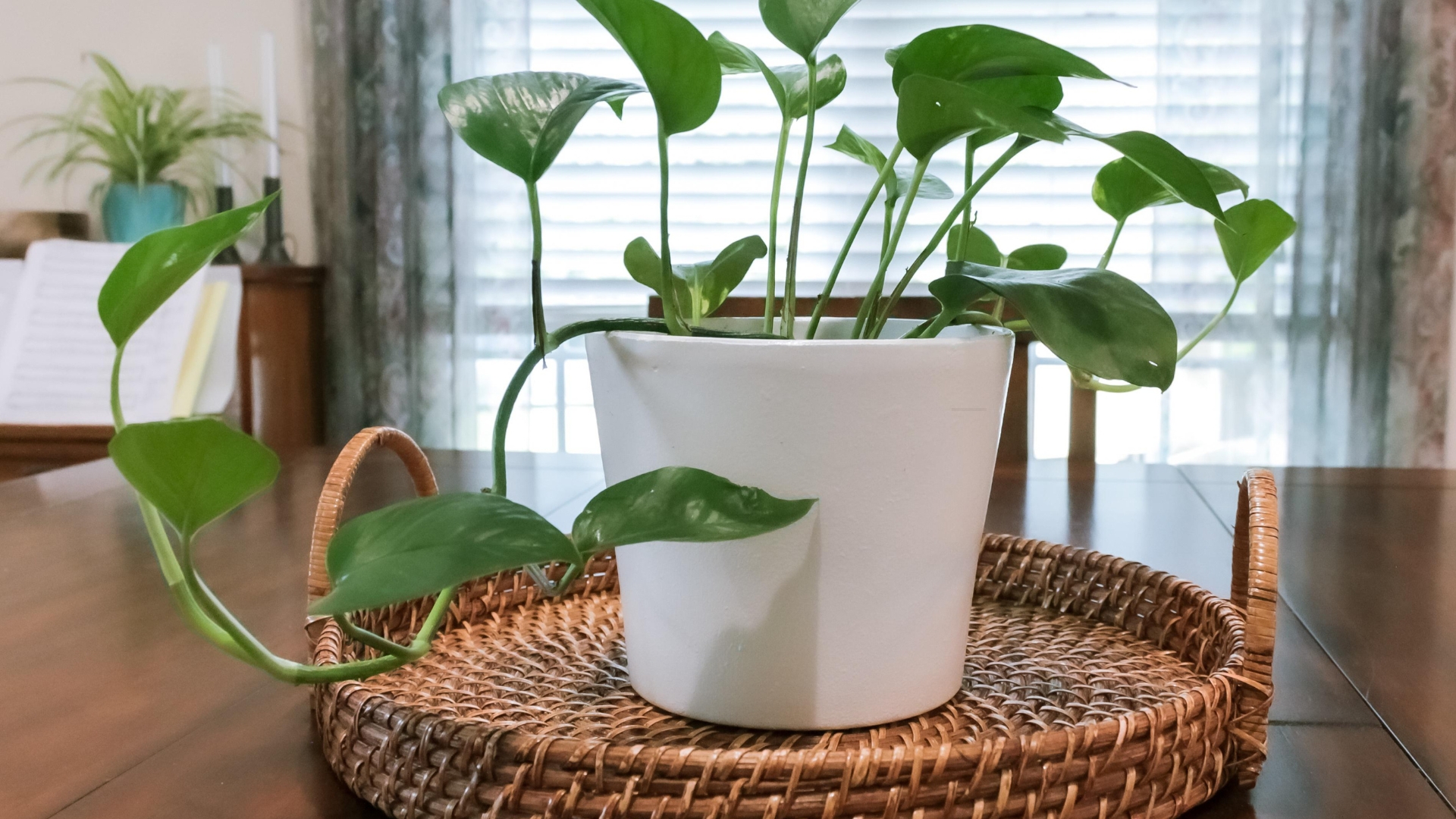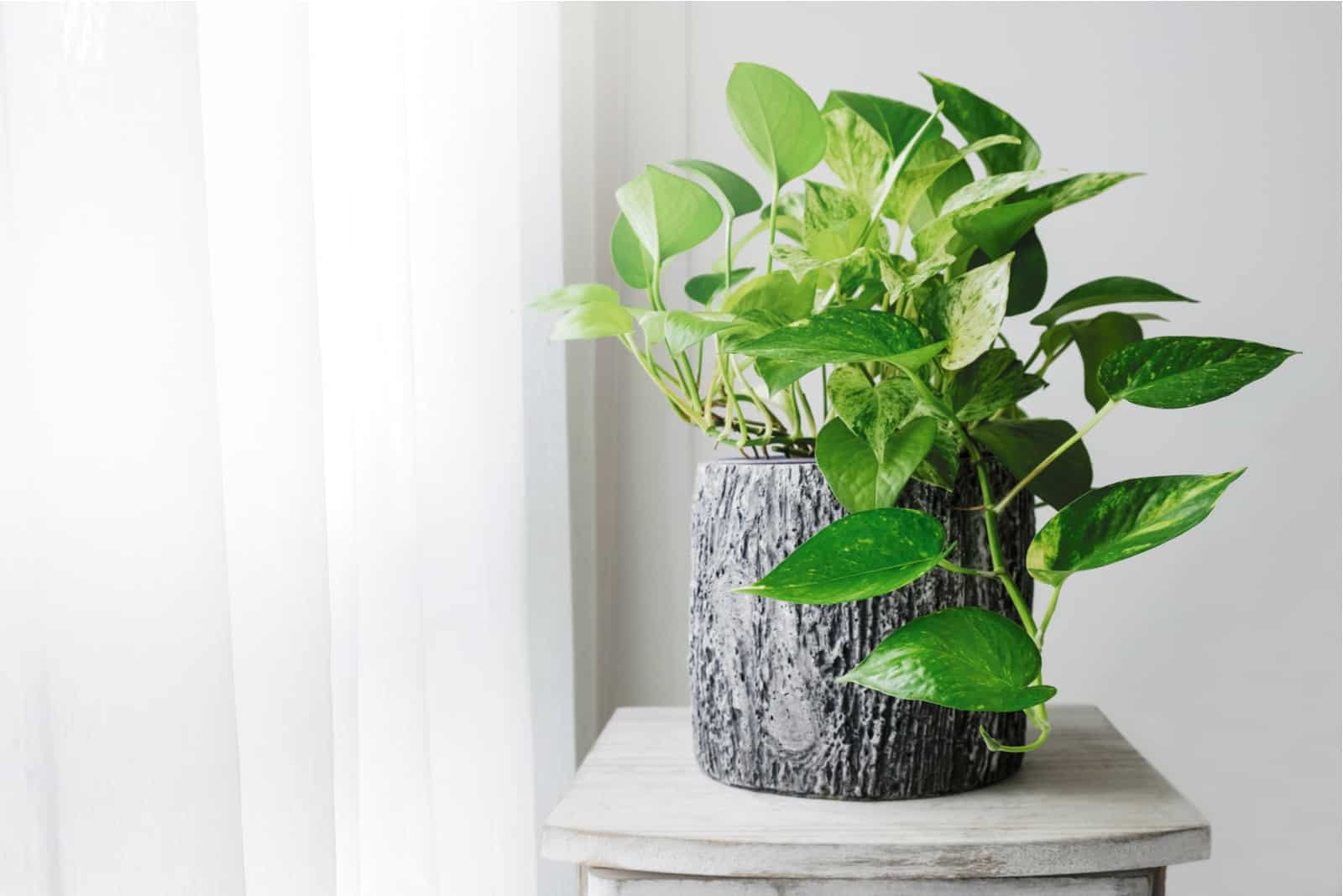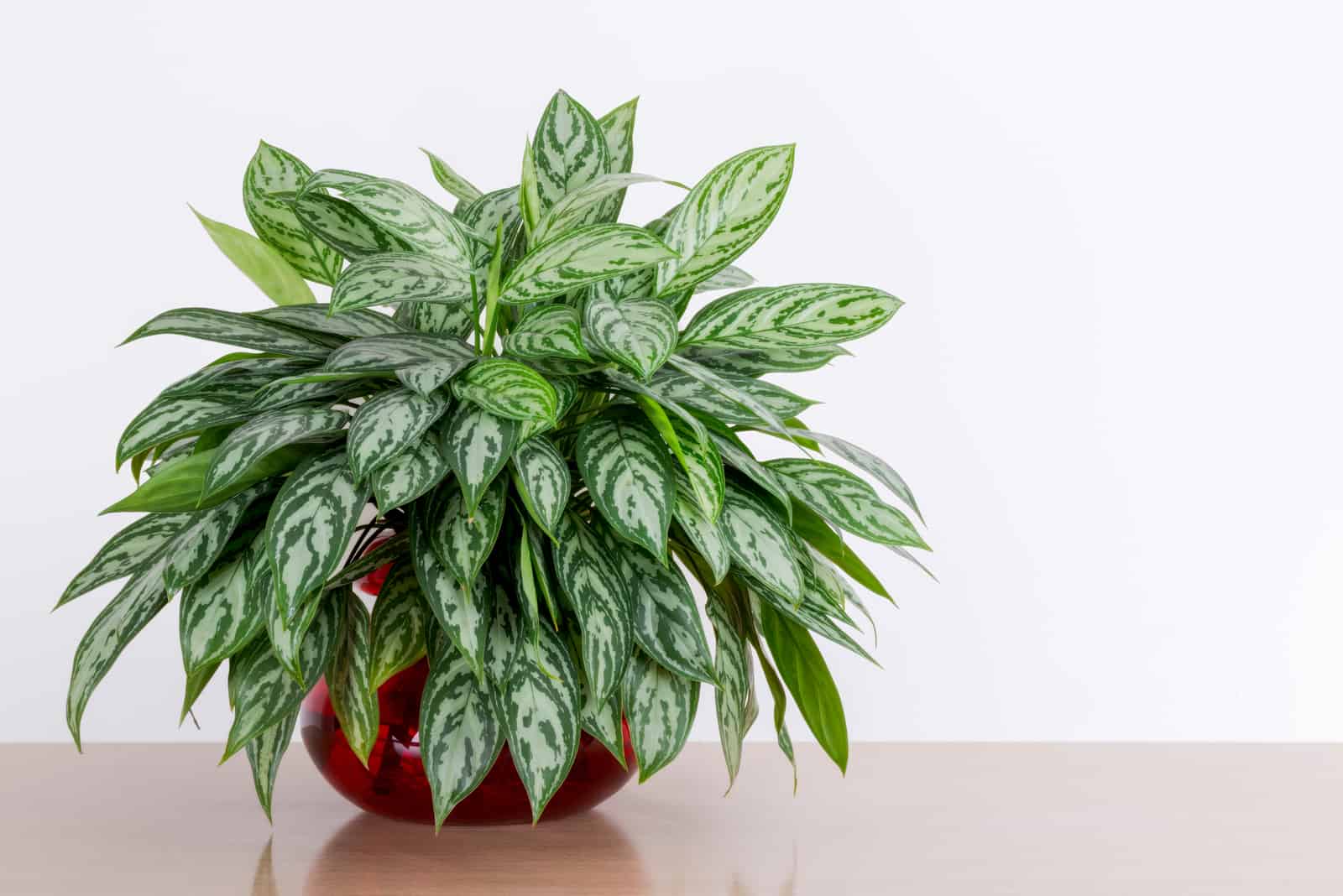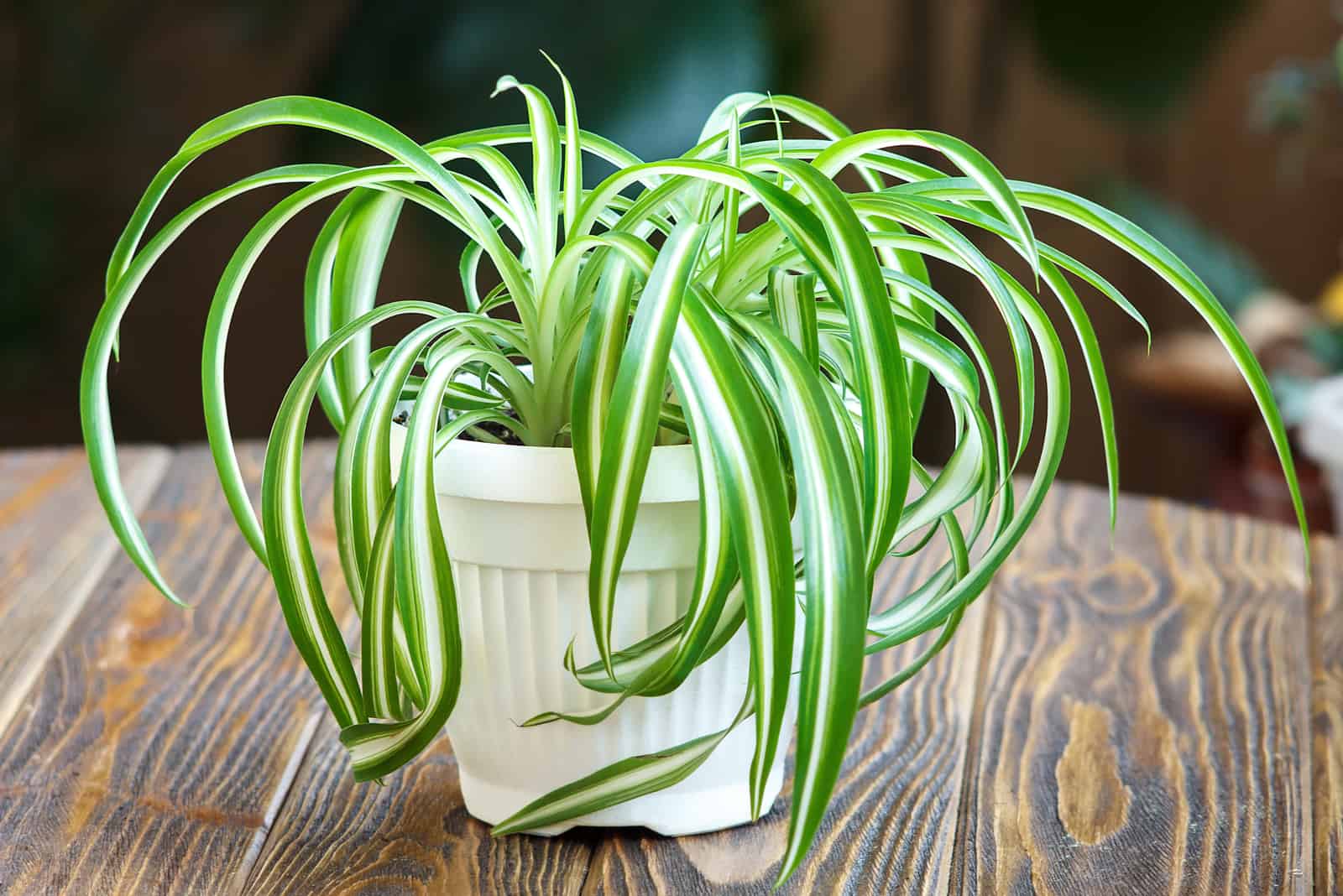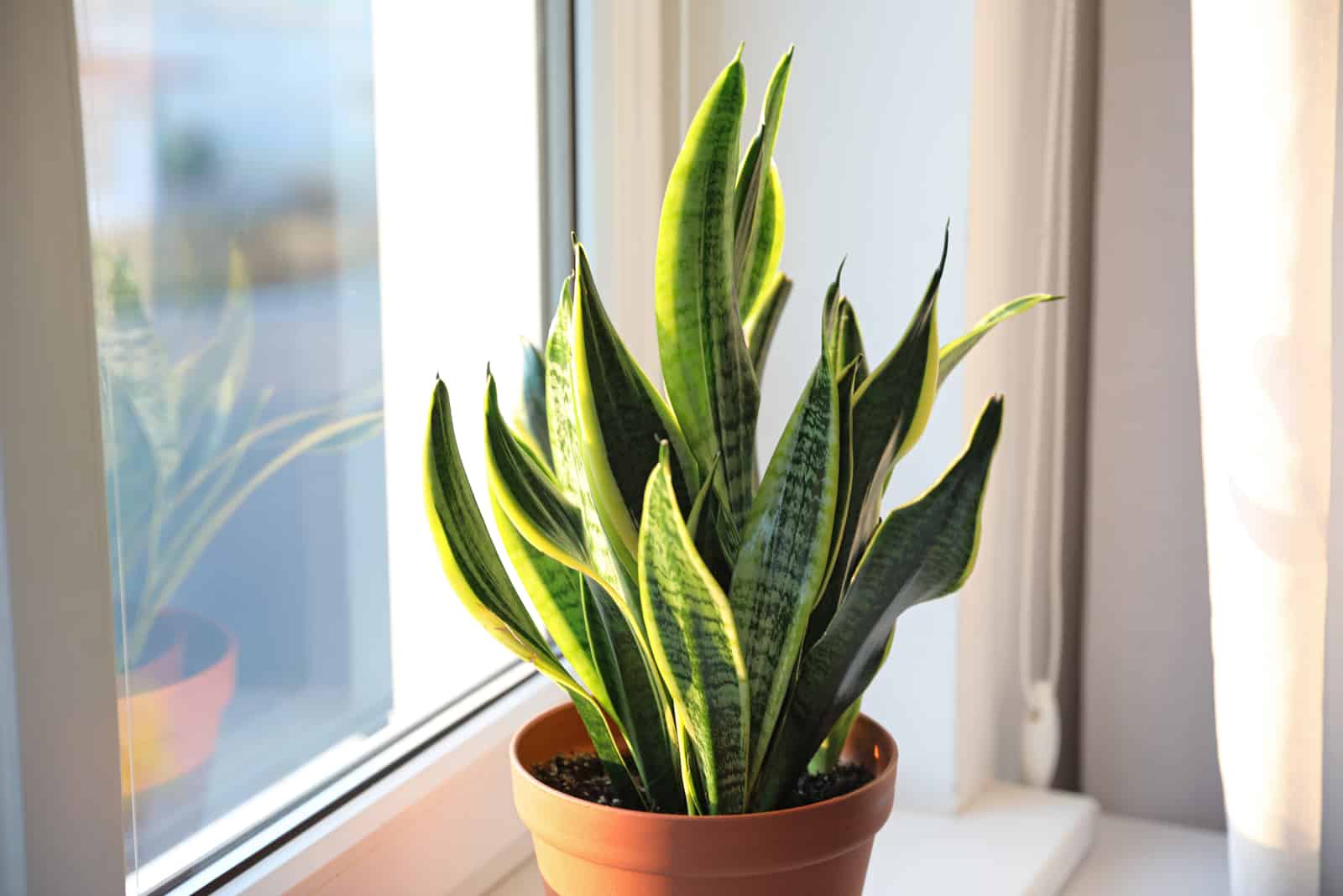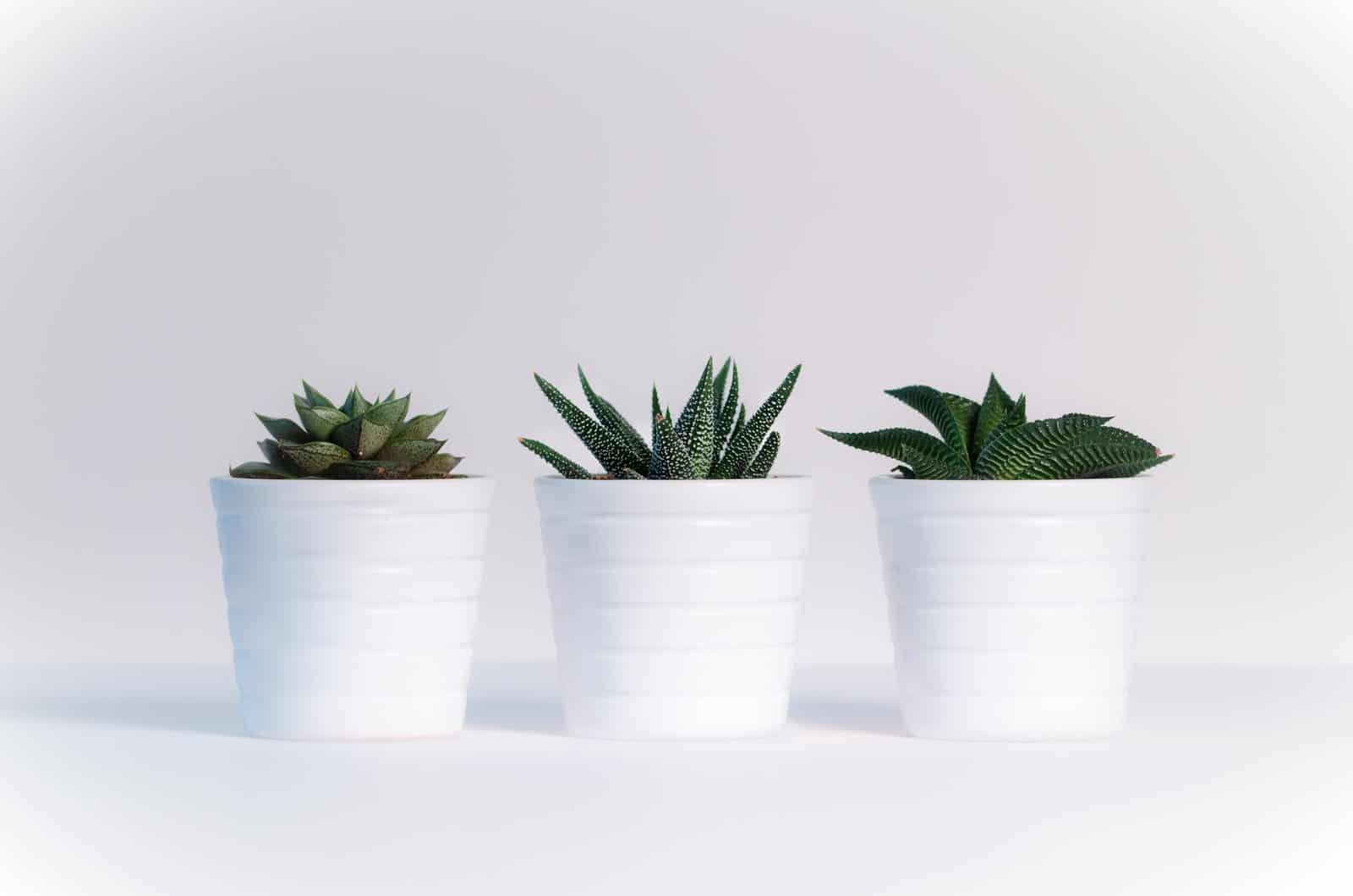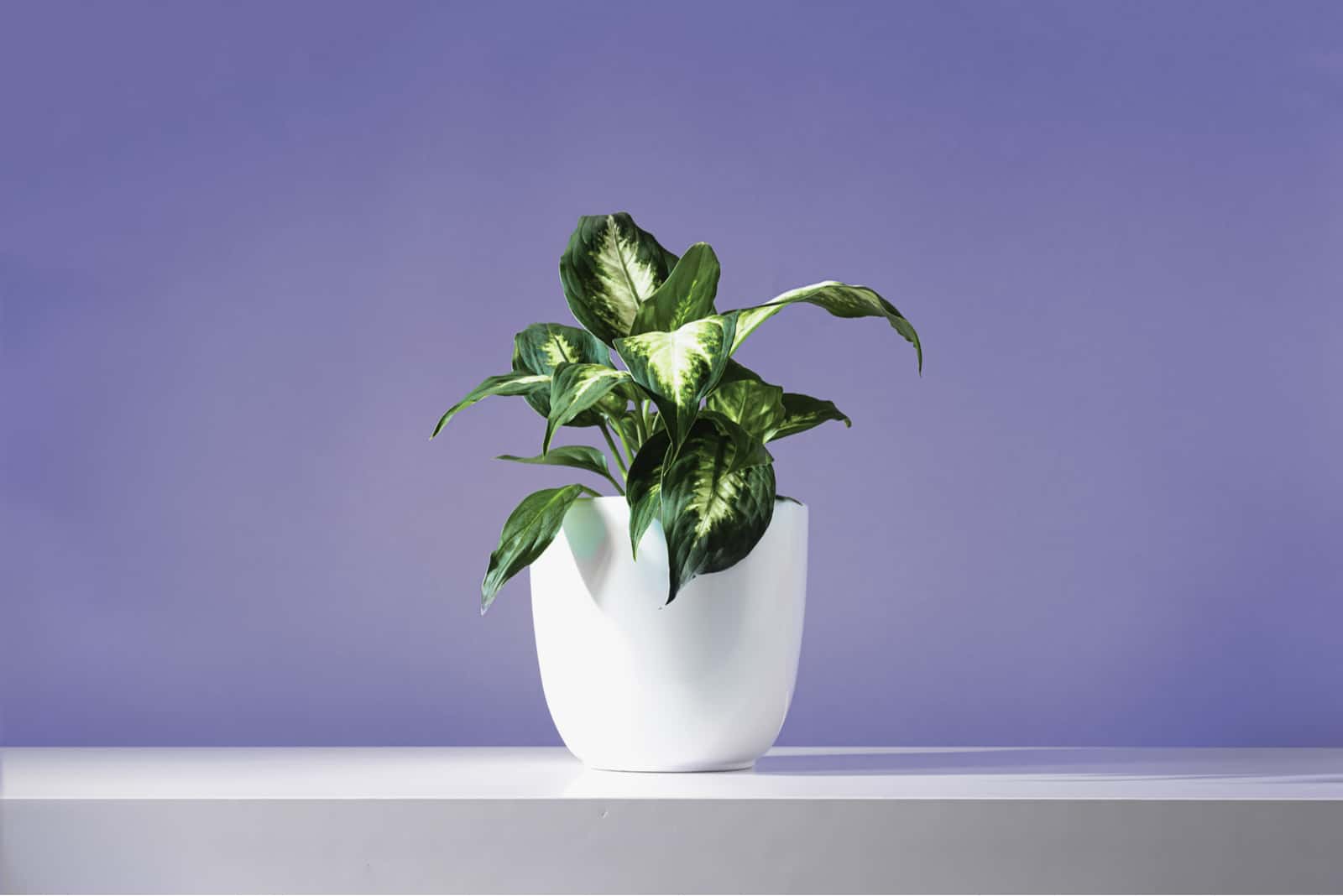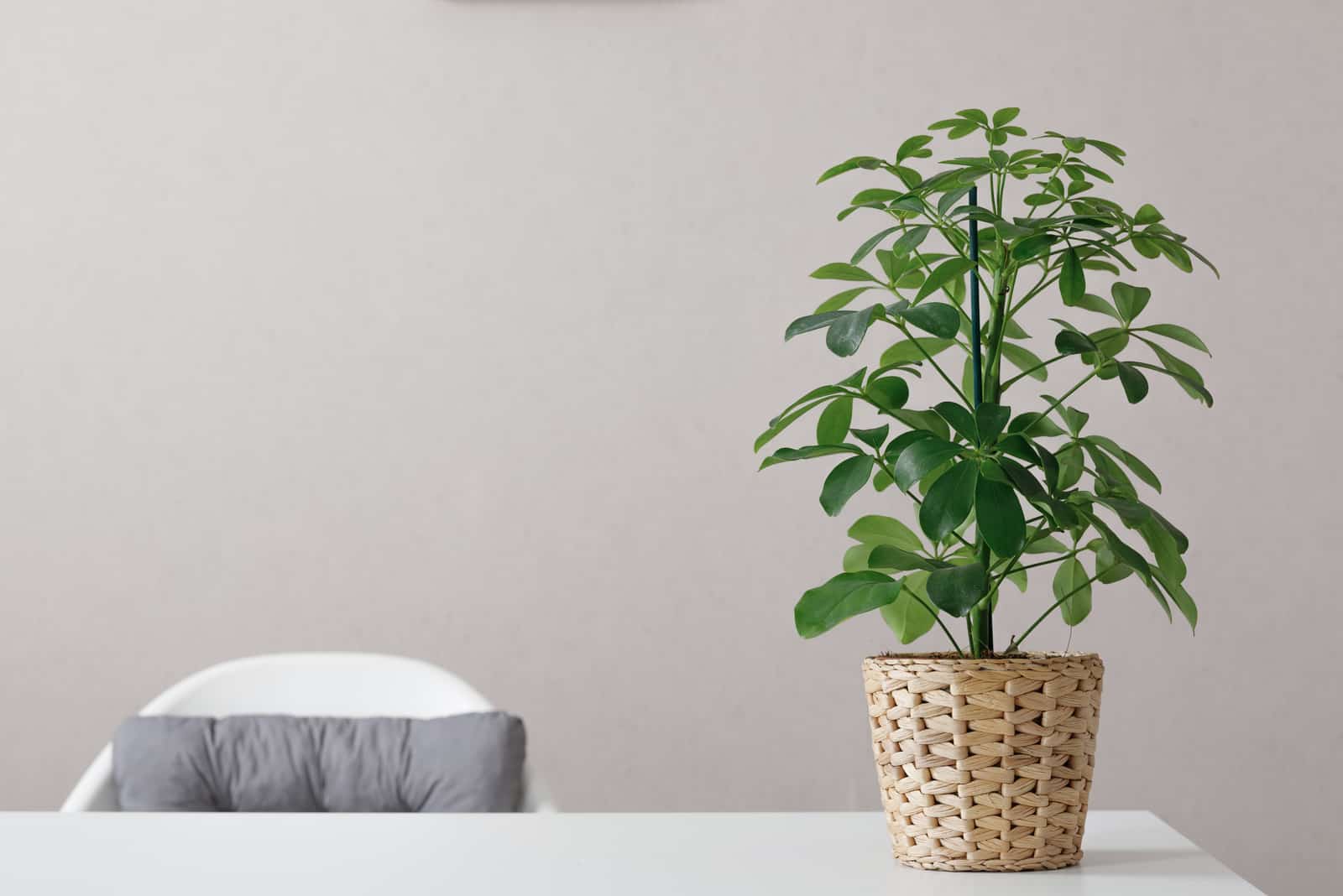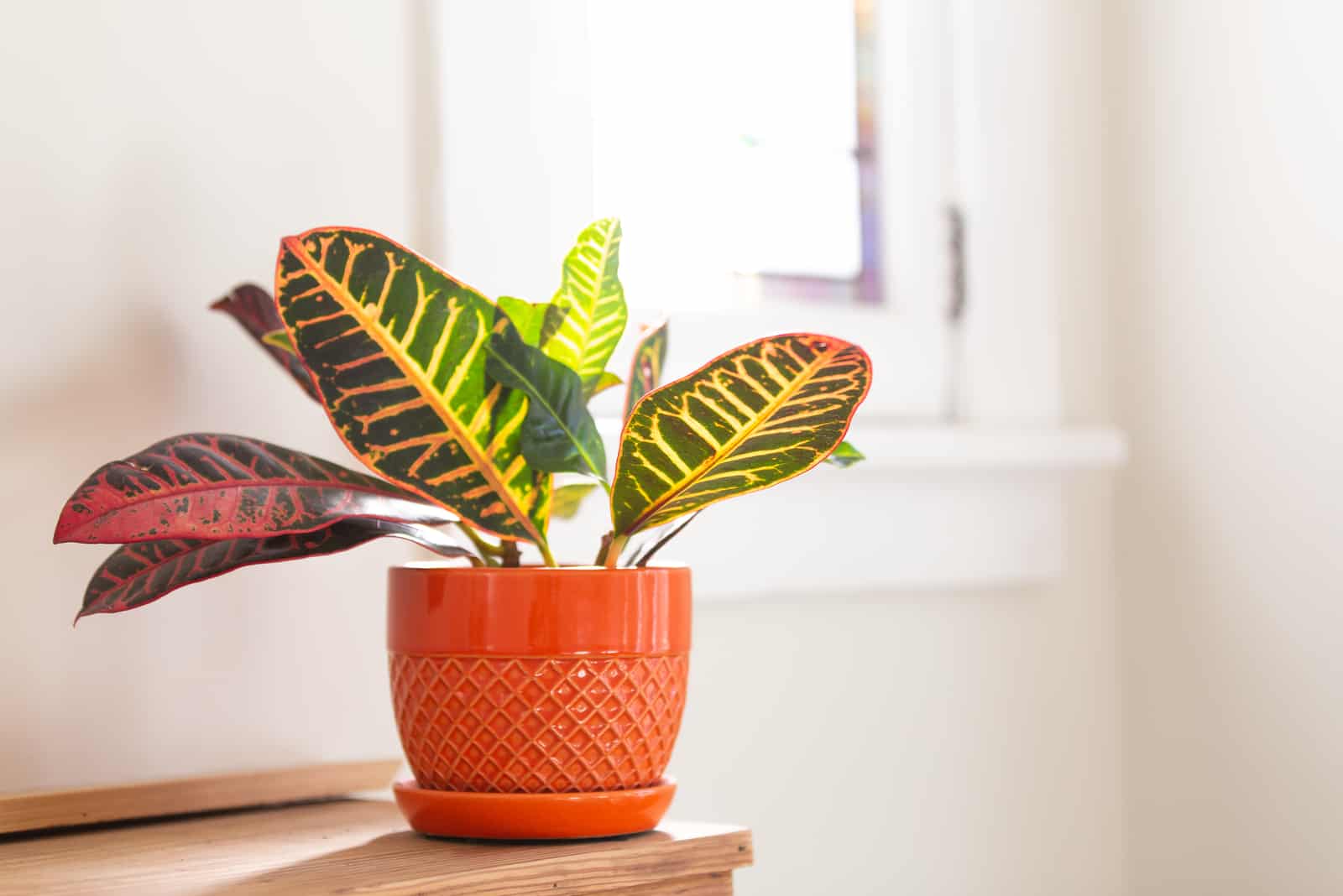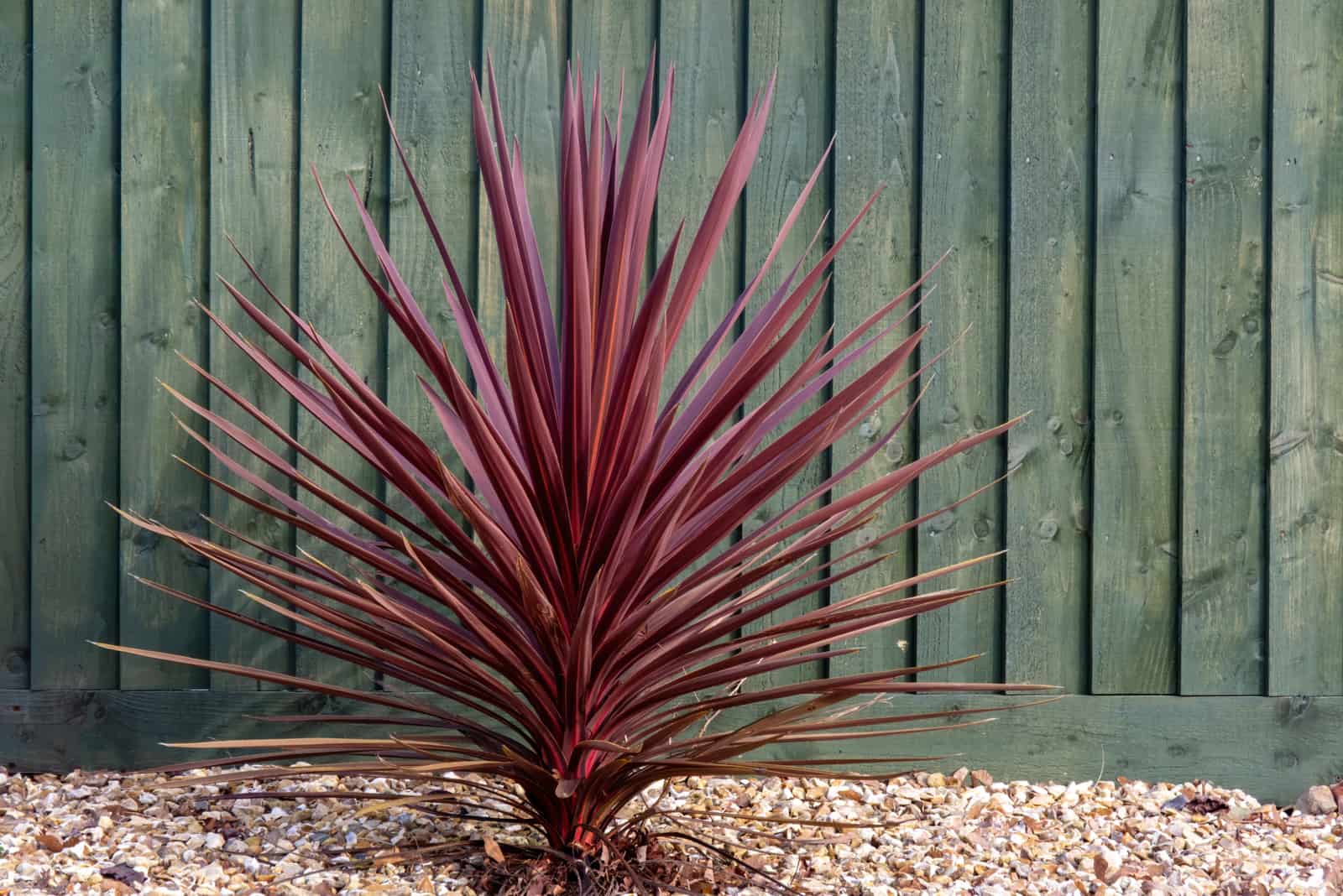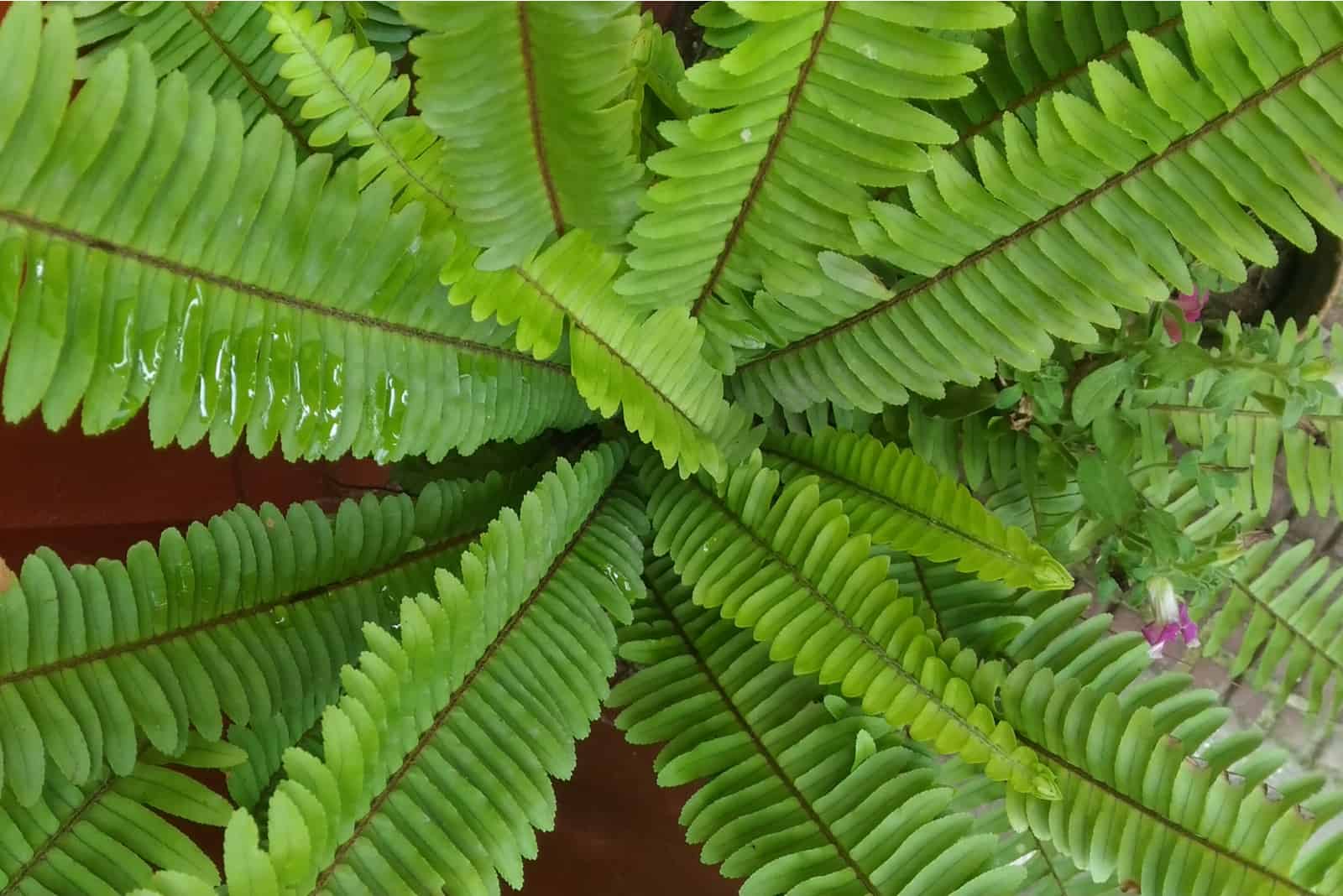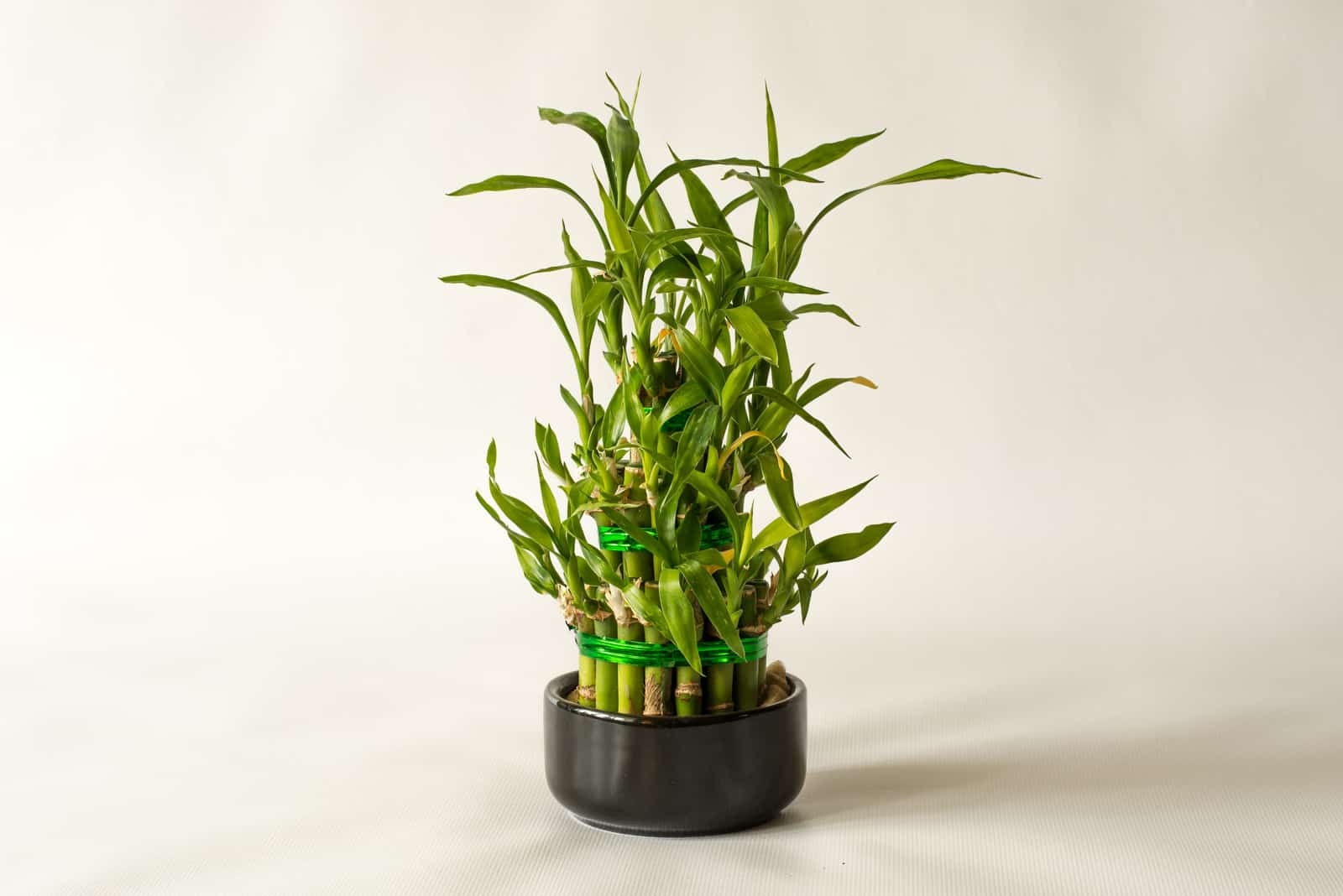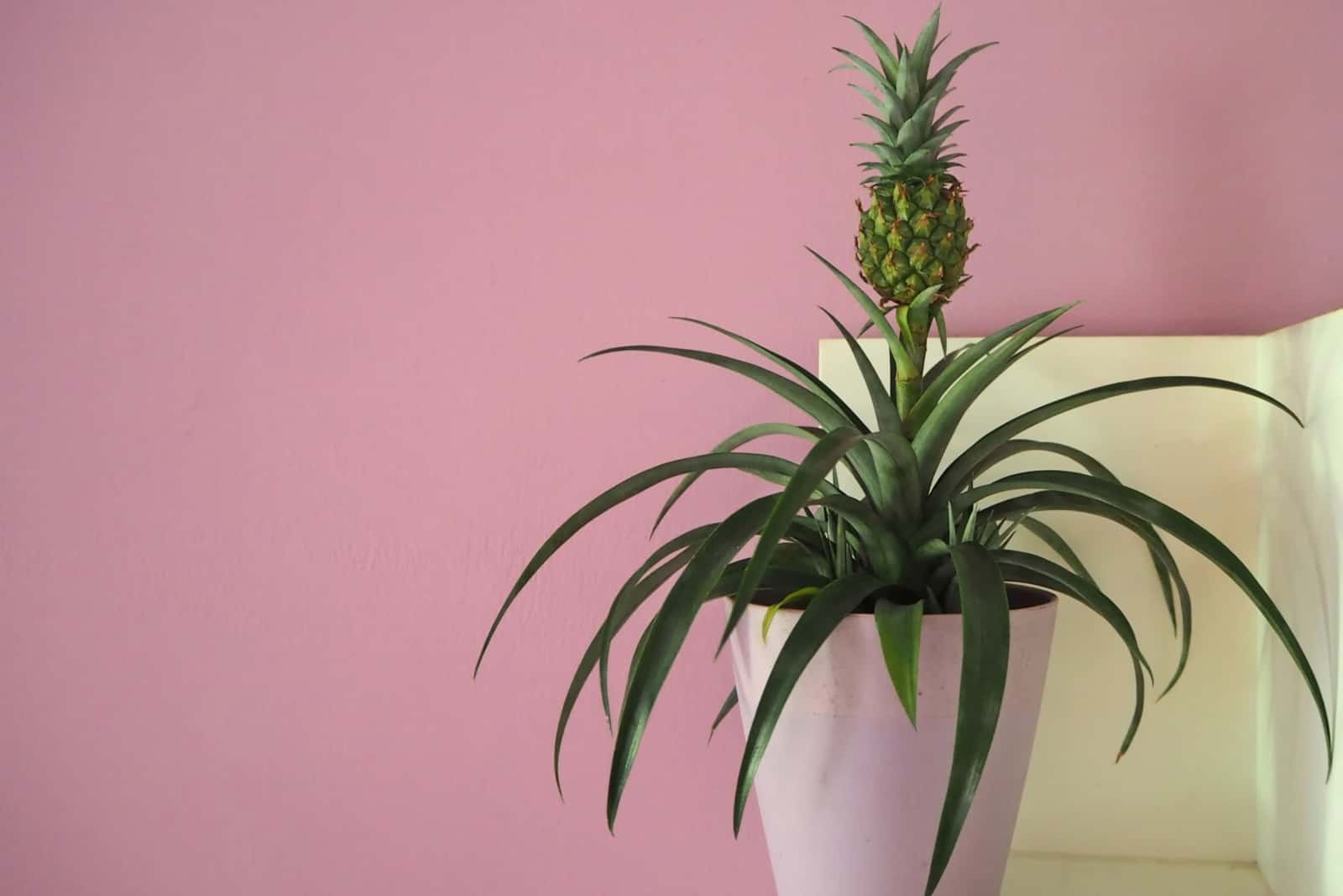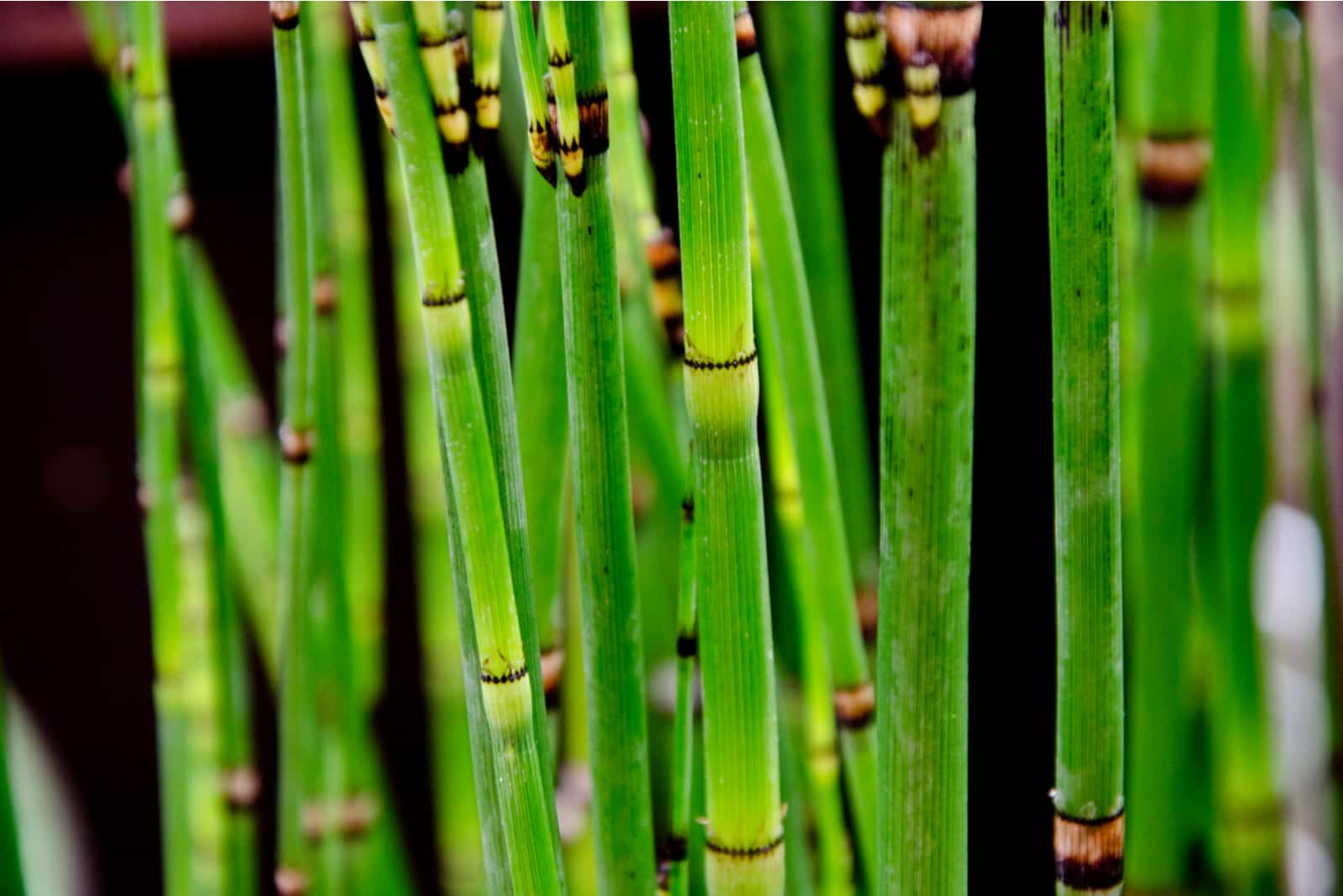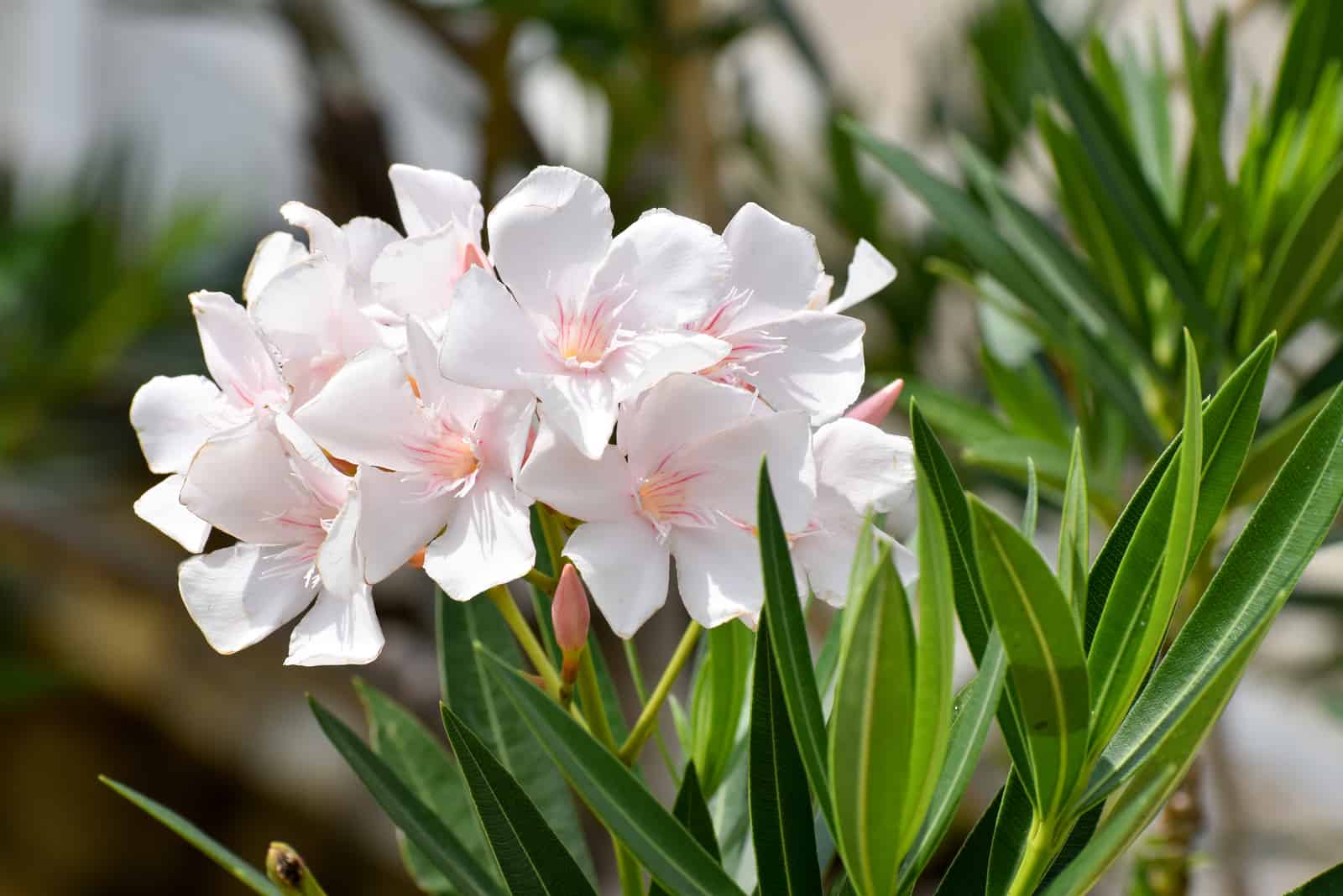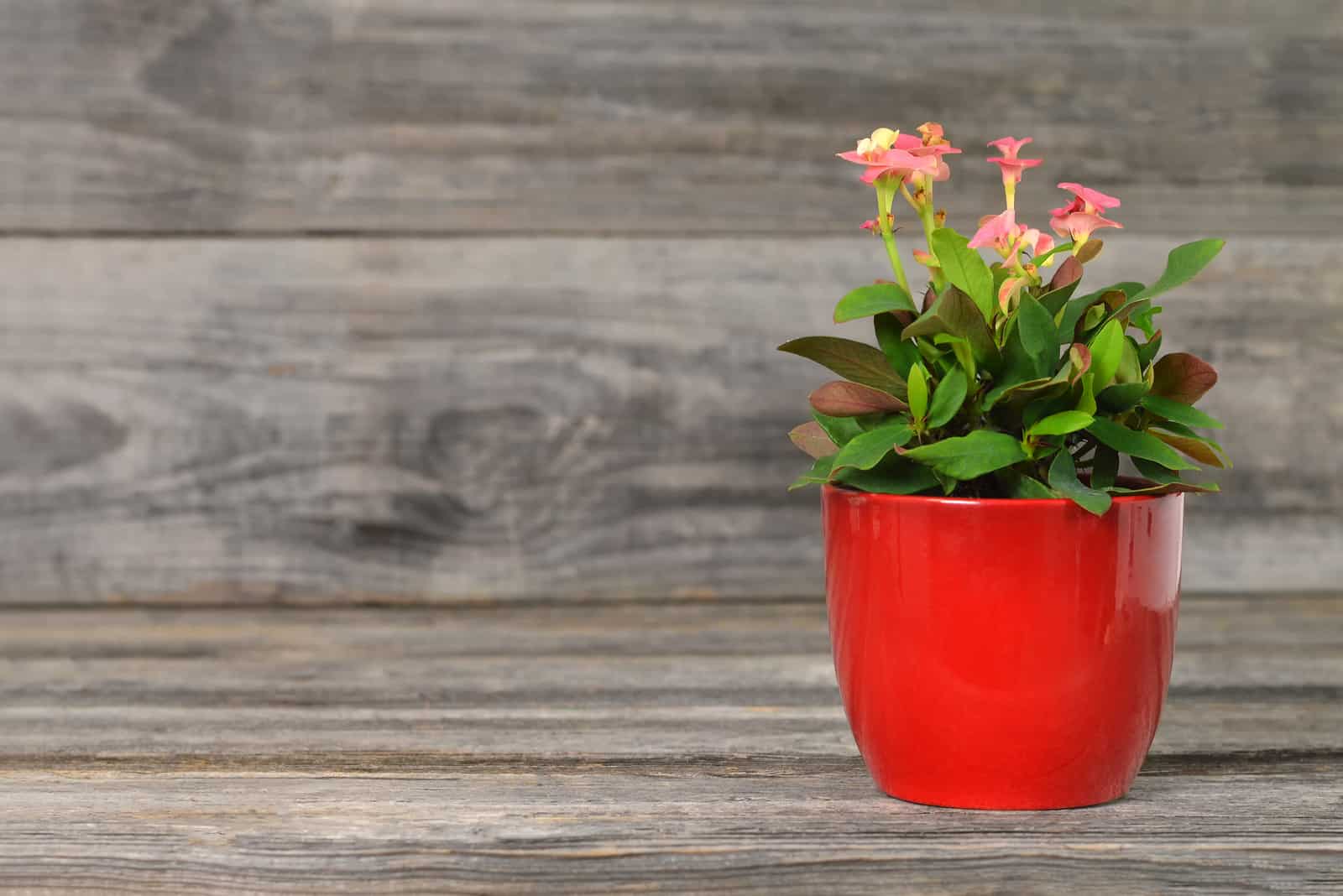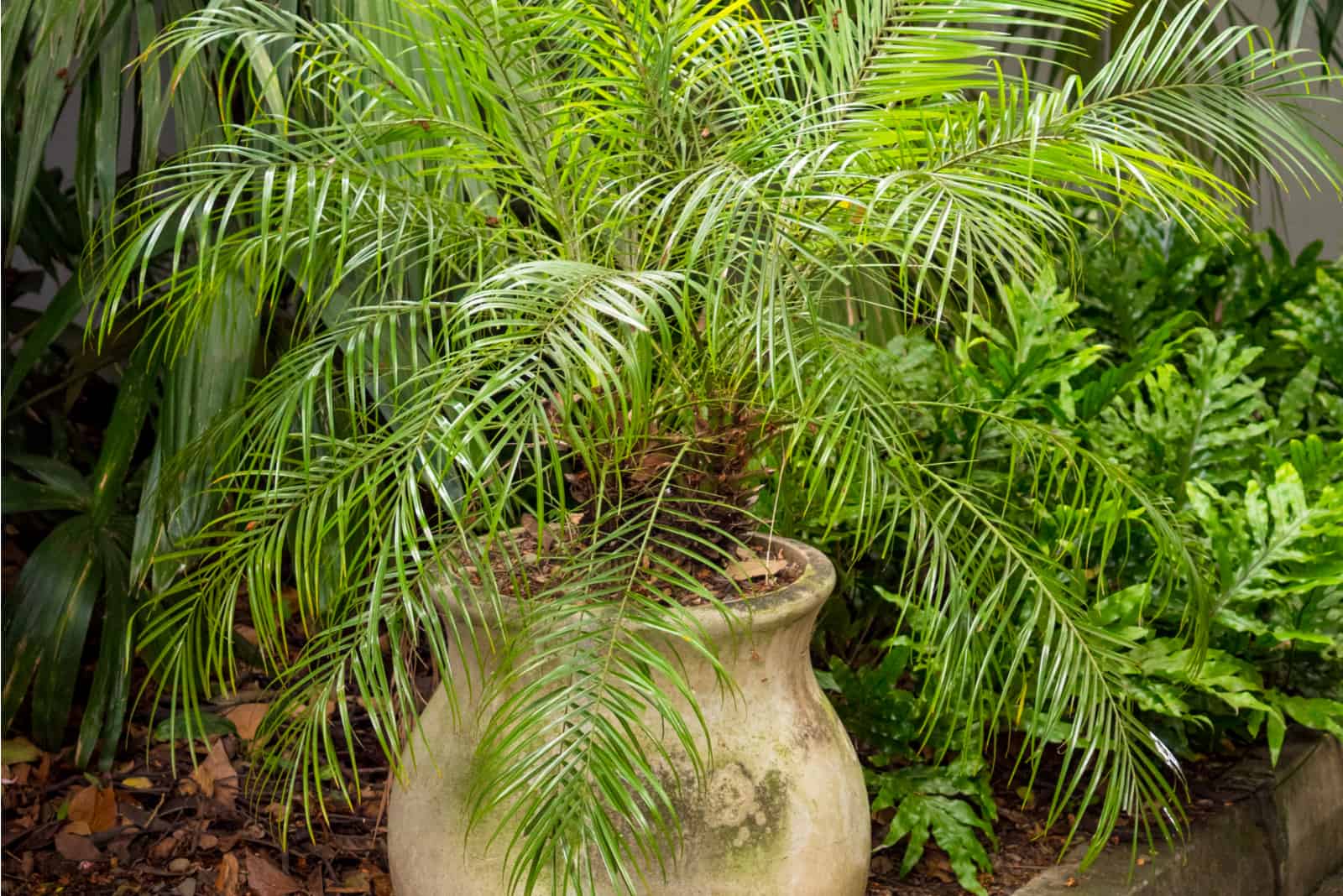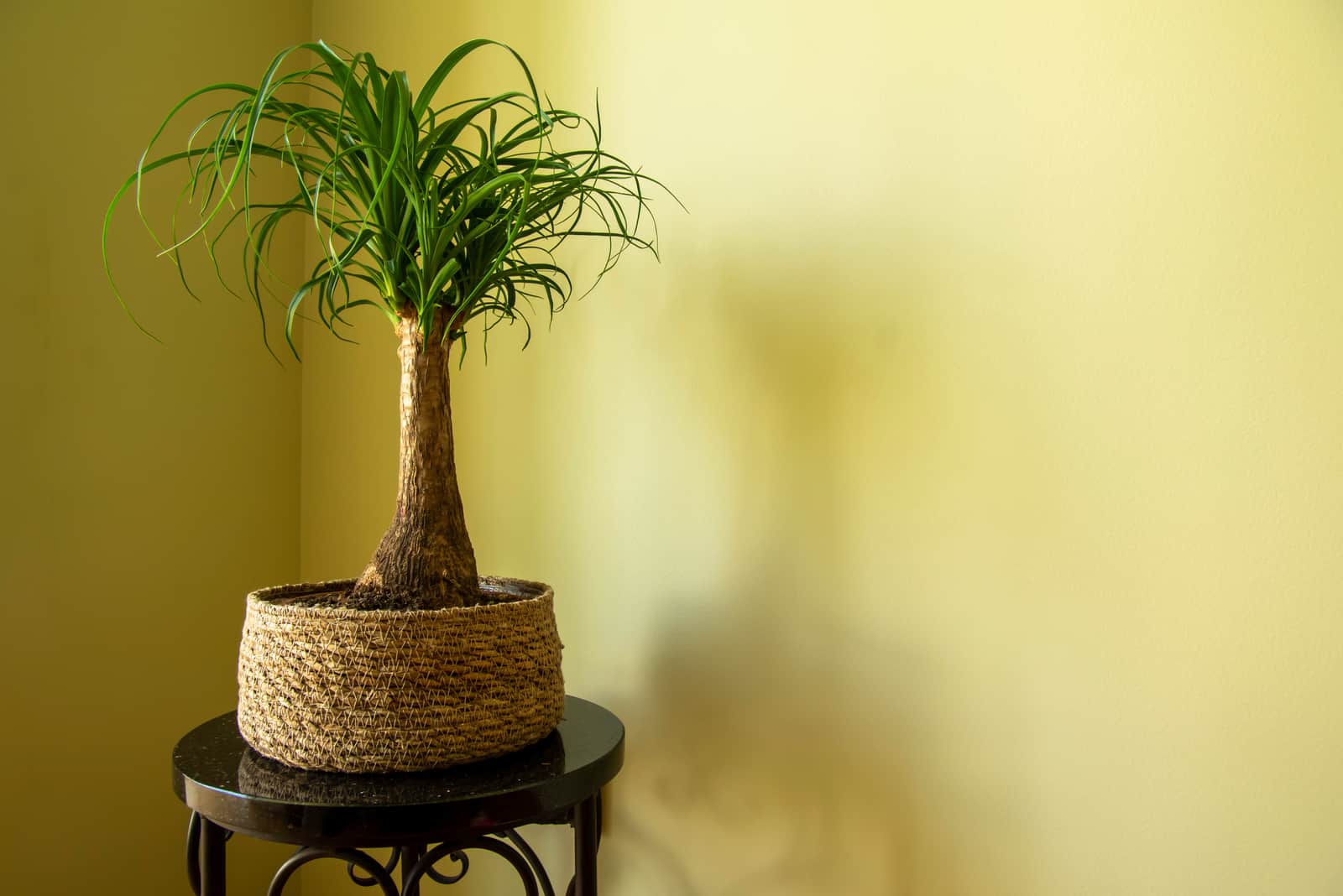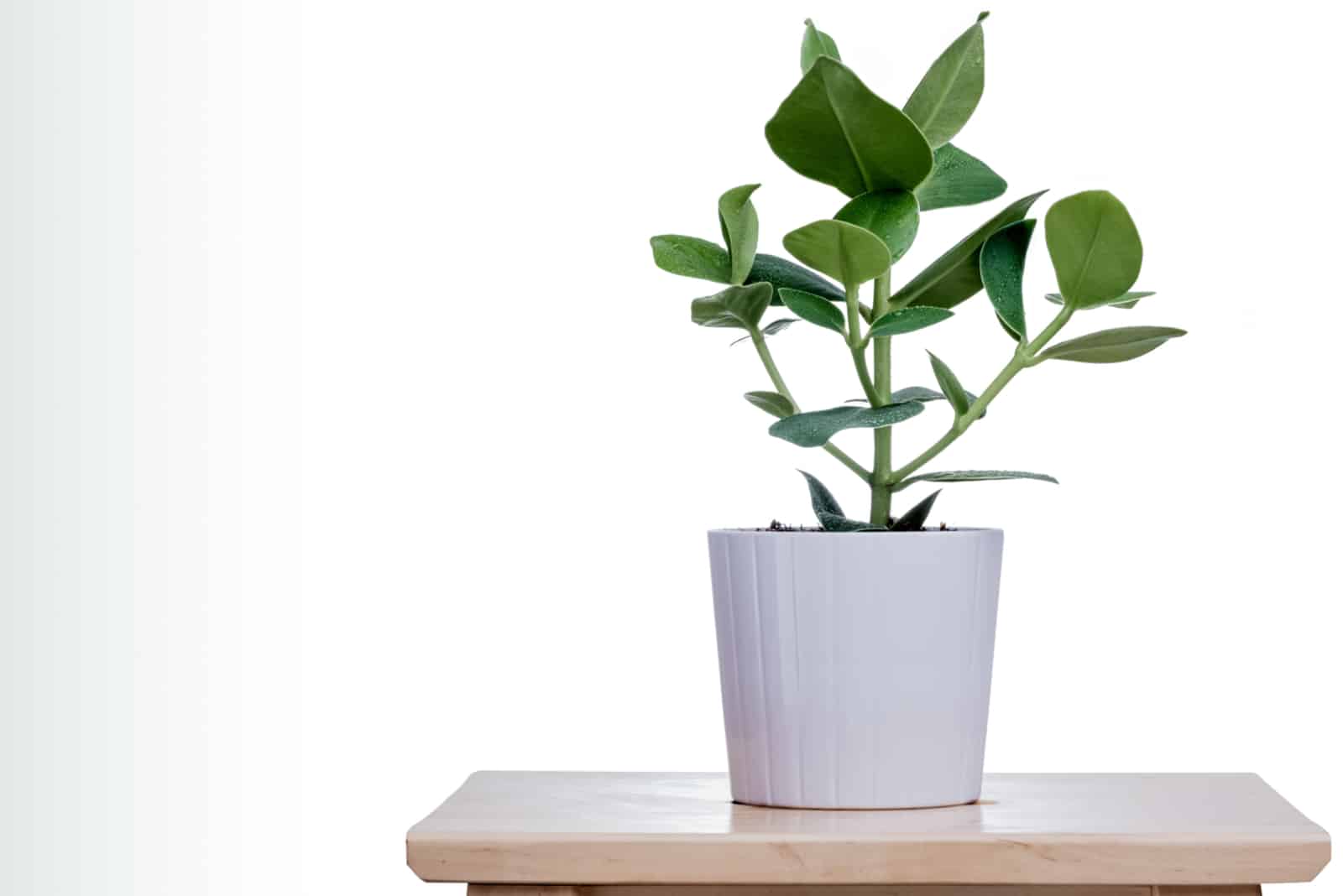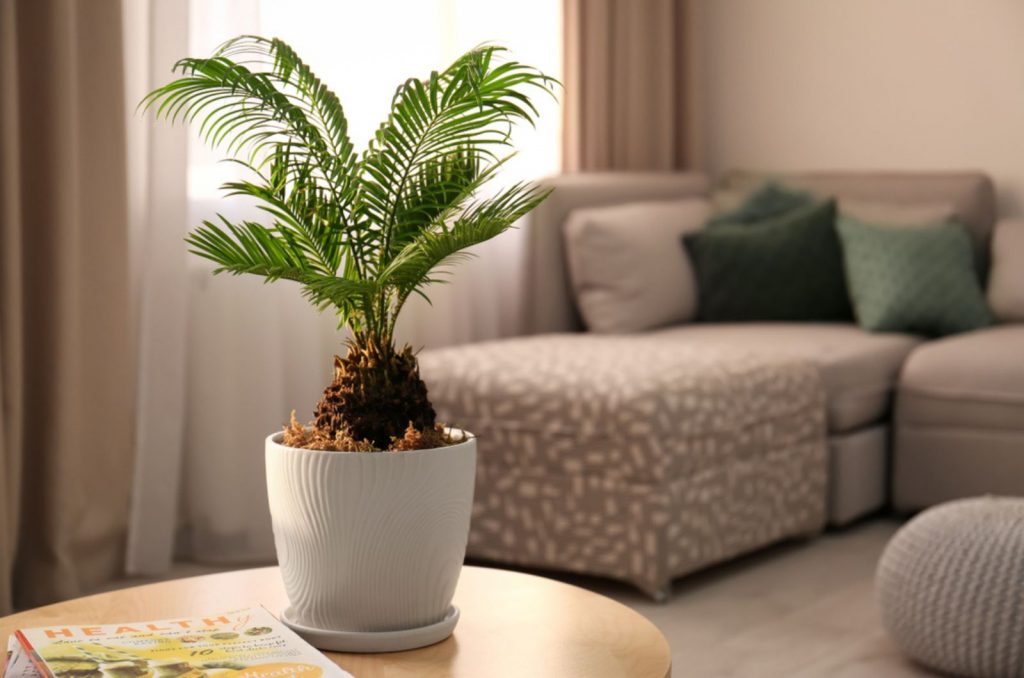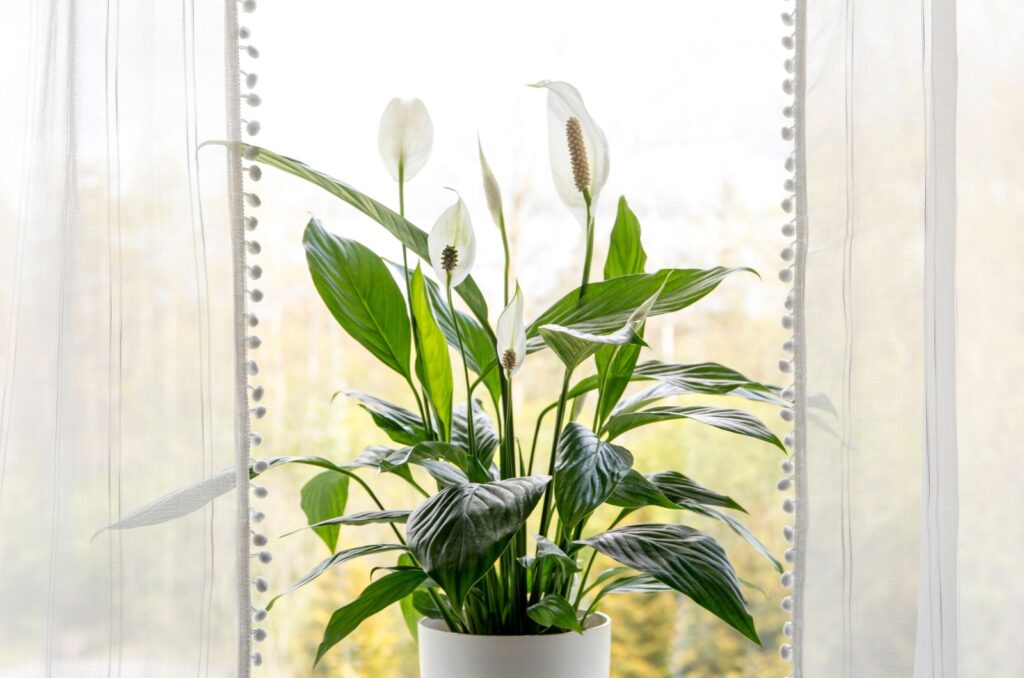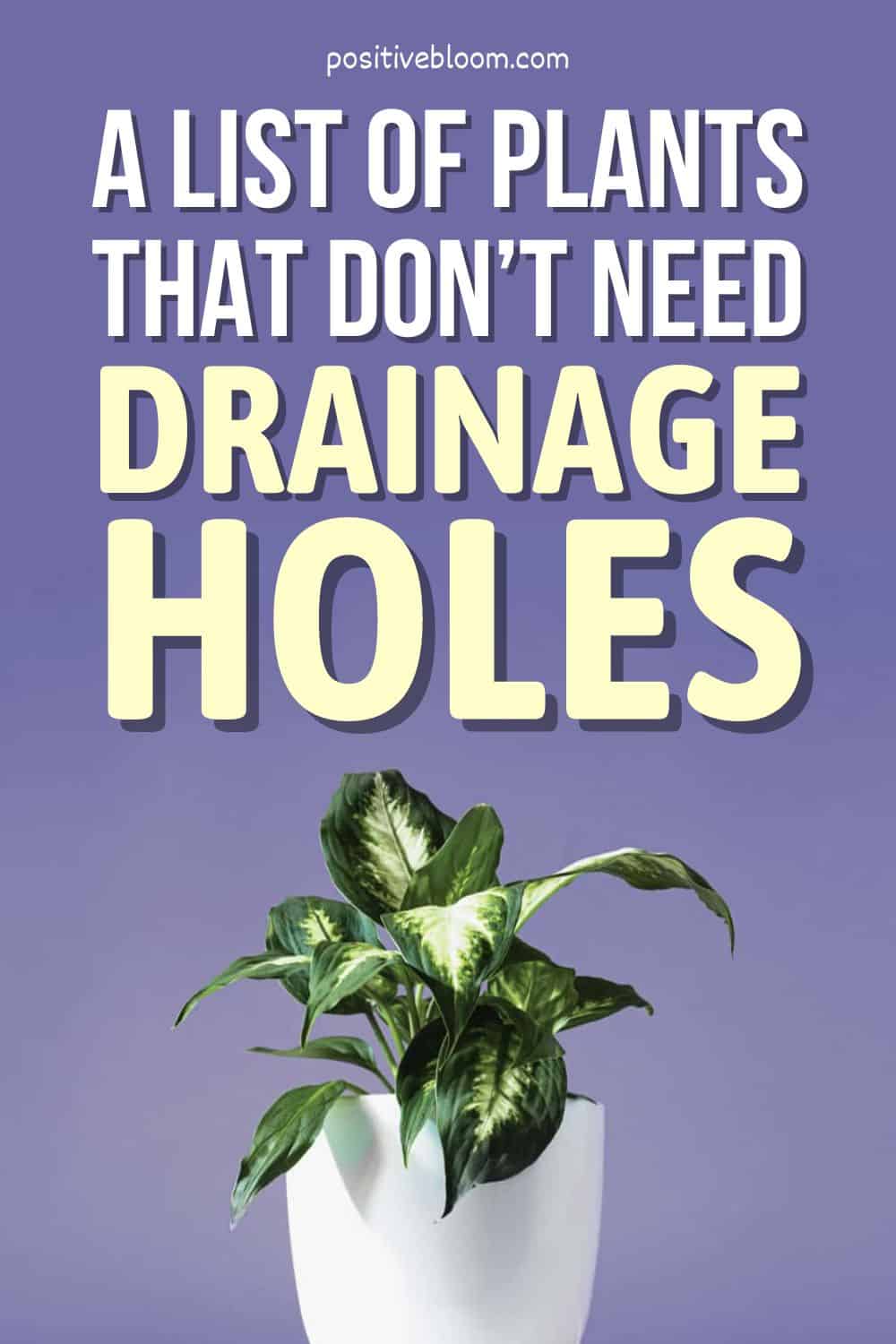Watering is most likely the most important part of plant care. Both overwatering and underwatering can cause damage to the plants, so finding a perfect watering schedule is a must.
Most plants require well-draining soil, and one of the easiest ways to ensure good drainage is by using pots with drainage holes.
However, some plants don’t need drainage holes, and these will be the topic of this article.
Interestingly, the list is long, and I’m sure you’ll be surprised when you see some of the plants that are on the list.
The great thing is that you’ll be able to worry less if drainage holes aren’t a must.
Let’s start!
Plants That Don’t Need Drainage Holes
How come some plants don’t need drainage holes? Well, these plants are hardier and won’t mind if there’s more water in their soil. However, this doesn’t mean that you can’t overwater these plants.
Drainage holes help excess water come down; this means that excess water stays in pots without drainage holes.
Luckily, if you grow any plant from the following list, you don’t have to worry about overwatering as you usually have to.
Let’s get into the details!
1. Pothos
Pothos are trailing vines with fascinating, heart-shaped green leaves that can be variegated with yellow, white, or pale green striations.
They belong to the Araceae family and are native to the Solomon Islands.
Pothos plants are also known as Devil’s Ivy. They got this name as they are hard to kill, which means they are low-maintenance plants and perfect for beginners (or forgetful growers).
Pothos can grow up to 10 feet, and, as they are trailing vines, they look stunning when grown in hanging baskets.
To keep the leaf patterns on the variegated pothos plants, you must ensure it has access to bright, indirect light.
The key to growing a healthy pothos is to let the soil dry out entirely between waterings.
Be careful; devil’s ivy plants are toxic to humans and pets.
2. Chinese Evergreen Indoor Plant
Chinese evergreen plants are herbaceous perennials native to Asia and are one of the most common houseplants.
You can find these plants in various colors, from dark green and silver, to red.
Mature plants produce beautiful white flowers, which make a great addition to their glossy oval leaves.
Chinese evergreens thrive in near shade and high humidity.
Many growers suggest planting Chinese evergreen plants in greenhouses as they prefer humid, warm, and bright environments.
Don’t worry; Chinese evergreens make perfect houseplants when provided with the right conditions.
The soil shouldn’t dry out between waterings when it comes to their watering as these plants are drought-tolerant. They grow well in pots without drainage holes; they don’t need frequent watering; moist soil will help them stay healthy and thrive.
3. Spider Plant
Chlorophytum comosum, spider plant, spider ivy, or ribbon plant, is a herbaceous perennial native to Central and Southern Africa.
Spider plants have long fronds and arching green leaves, and when the plants mature, you’ll notice beautiful, white star-shaped flowers.
The fantastic thing is that these plants produce small fruits; however, you’ll only see small fruits after fertilizing the plant. Therefore, fertilizing is not only beneficial for the growth of the spider plant but also for producing small fruits.
What I find remarkable about the spider plant is its ability to propagate by plantlets that grow their own roots once the flowers have fallen off.
Spider plants like the Purple Spider plant thrive in a warm, humid environment and require loamy soil. Ribbon plants prefer moist but not waterlogged soil, so let the soil dry between waterings.
Spider plants are toxic so keep them out of reach of small children and pets.
4. Snake Plant
Snake plants didn’t get their name for no reason; they are one of the hardiest species of houseplants.
Also known as St. George’s Sword, snake plants belong to the Asparagaceae family and are native to the tropical parts of West Africa.
The sword-like leaves are green and may have yellow borders depending on the variety.
These are low-maintenance plants and are often referred to as indestructible. Ensure sandy, slightly acidic soil if you want your snake plant to thrive.
They grow well in partial shade and are drought-resistant, making it hard to underwater these plants. However, they won’t grow in standing water, so let the soil dry between waterings.
You can check the moisture within the soil by using a toothpick; if there’s no soil on the toothpick after you take it out, it’s time to water your Mother-In-Law’s Tongue.
I don’t think you’ll be surprised if I tell you that snake plants are toxic to humans and pets.
5. Succulents
If you grow cacti, you should know that purchasing a pot without drainage holes is a great option.
Succulents are drought-tolerant, easy to grow houseplants with only one disadvantage; they are prone to overwatering. Therefore, don’t water succulents frequently; let the soil dry out before you water your succulents next time.
Succulents can store water in their fleshy leaves, so they’ll forgive you if you wait longer to water them.
Ensure direct sunlight to help these beautiful plants thrive.
You can purchase a ready succulent mix that will be available in all plant stores, so you won’t have to worry if the potting soil is good enough.
Remember that succulents don’t withstand waterlogged soil and are susceptible to root rot. However, succulents are easily propagated, so if you spot any changes related to root rot, propagate the plant.
6. Dumb cane
Dieffenbachias or dumb canes come from the Araceae family and are native to the Caribbean.
I’m sure you’re asking yourself how the plant got the nickname dumb cane. The growers called it dumb as it leaves you speechless if you ingest any of its parts; the plant is highly toxic to humans and pets.
Most cultivars have variegated whitish-green leaves with creamy-white splotches.
The plant prefers bright, indirect light but thrives even in low light, which means it’s suitable for offices and apartments.
The soil should be fertile, slightly acidic, and preferably based on peat moss. Don’t wait for the soil to dry out entirely between waterings, as dumb cane prefers moist soil and isn’t drought-tolerant.
However, Dieffenbachias are susceptible to overwatering; the rule is moist but not soggy soil.
Dumb canes are low-maintenance plants and need no drainage to grow healthily and fast.
7. Schefflera
Schefflera, aka an umbrella plant, belongs to the Araliaceae family and is native to Taiwan.
Schefflera plants have shiny, long, oval green leaves that droop from the stalk, looking like an umbrella.
Some species from the Schefflera genus, like S. arboricola (Dwarf Schefflera), may have variegated, small glossy leaves.
Although these plants grow well indoors, it’s better to keep them outdoors if you want to see their long, white, red, or pinkish tentacle-like flowers.
These broadleaf evergreen plants thrive in bright, indirect light and fertile, slightly acidic soil.
These plants won’t grow well in wet soil so make sure the soil is dry before watering it.
Interestingly, Schefflera can live for about 25 years if grown under the right conditions.
Schefflera plants are mildly toxic to humans but highly toxic to pets and horses.
8. Crotons
Codiaeum variegatum, or the croton plant, belongs to the Euphorbiaceae family and is native to tropical Asia and Pacific regions.
Although crotons may be hard to grow indoors, there are ways to keep them healthy and grow them as houseplants.
The Croton plant has probably the most colorful variegated leaves you’ll ever see; green leaves with yellow, red, and orange splotches make this plant breathtaking.
Crotons need bright, indirect light to keep their vibrant colors.
These plants prefer warm temperatures that won’t drop or rise suddenly. This is the most challenging condition to ensure. If you forget to adjust the temperature, your croton won’t forgive you.
The ideal soil for crotons should be fertile, moist, and acidic.
It would be best to water crotons an inch per week but reduce watering during winter.
Mist your croton frequently in the growing season (spring and summer).
Crotons are toxic to humans and pets.
9. Cordyline
Cordyline, Hawaiian ti plant, or good luck plant, belongs to the Asparagaceae family and is native to the Pacific Islands and Southeast Asia.
Cordyline’s leathery leaves come in green, yellow, red, purplish-red, white, and purple.
Some species from the Cordyline genus produce fragrant flowers, often followed by berries.
Cup-shaped flowers come in various colors like pink, white, or purple.
Cordylines produce flowers if grown outdoors. However, the plant can produce flowers when grown indoors; just provide it with the right conditions!
Interestingly, the amount of sun the Cordyline plant needs depends on its color; for example, Cordyline species with green leaves enjoy direct sunlight.
On the other hand, species with yellow, red, purplish-red, white, or purple leaves require indirect light to thrive.
Ti plant requires a rich and high-quality potting mix with a pH ranging from 6 to 6.5 (neutral to slightly acidic). Water the plant when you notice the surface of the potting soil is dry.
These tropical plants prefer high humidity and temperatures above 60 degrees Fahrenheit. Avoid placing the plant near cold drafts; raise the humidity and temperature if you notice leaf drop.
All plants from the Cordyline genus are highly toxic to humans and pets.
10. Kupukupu Fern
Nephrolepis cordifolia, kupukupu fern, or sword fern, belongs to the Nephrolepidaceae family and is native to Hawaii.
Interestingly, the word cordifolia (from the scientific name) means heart-leaved, and the leaves aren’t really heart-shaped but rather sword-shaped. Therefore, the name sword fern seems more appropriate.
If you visit Hawaii, you’ll notice that almost every house has a kupukupu fern.
Kupukupu Fern is a must-have plant in all Hawaiian schools. It symbolizes life learning and celebrates life and education. It can be found on many hula altars in Hawaii.
You can grow a sword fern in direct sunlight or partial shade; the leaves will be light green when grown in direct sun. On the other hand, the leaves will be dark green if you grow a sword fern in partial shade.
These plants are drought-resistant but prefer moist soil. As it’s easy to overwater the kupukupu fern plant, never leave it in standing water; root rot won’t miss the chance to attack. If unsure, create a drainage layer at the bottom of the pot by adding stones or pebbles.
You can grow kupukupu fern in pots without drainage holes. The plant prefers moist soil and won’t mind if you forget to water them for an extended period (not for months, of course).
Kupukupu fern is great, even for beginner indoor gardeners.
11. Lucky Bamboo
Dracaena sanderiana, lucky bamboo, or friendship bamboo plant, belongs to the Asparagaceae family and is native to Africa.
This perennial shrub has braided stalks with small floppy green leaves.
Lucky bamboo is very trendy nowadays and can be seen almost anywhere; in offices, apartments, and on desks. According to Feng Shui, friendship bamboo is considered to bring wealth, good relationships, and family harmony.
Lucky bamboo thrives in indirect sunlight and acidic and moist soil.
Dracaena sanderiana is one of those plants that can grow in standing water; drainage holes are unnecessary.
However, these plants can’t withstand chlorine, so you shouldn’t use tap water. Use distilled, filtered water; alternatively, leave tap water overnight so the chlorine evaporates.
Interestingly, you don’t need to prune a friendship bamboo to get the shape you prefer; instead, rotate the stalks in front of the light source, lucky bamboo grows toward the light.
Lucky bamboo is similar to bamboo in appearance and its fast growth rate but isn’t related to it at all.
Although it’s called lucky bamboo, it isn’t lucky for dogs and cats as it’s highly toxic.
12. Pineapple Plant
An ananas comosus or pineapple plant is grown mainly outdoors. Did you know that you can successfully grow pineapple plants indoors?
Surprisingly, the pineapple plant is easy to grow indoors. If you live in colder climates, growing pineapple isn’t impossible; provide it with the right conditions, and it will thrive as an indoor plant.
Here’s a short care guide for pineapple plants.
First, purchase the mother plant and remove the offshoot plant from the mother. Alternatively, cut the top of a mature pineapple plant.
Allow the cuttings to dry and plant them, making sure the leaves are slightly above the soil line. Water the cuttings regularly. You can expect the roots to sprout in about 8 weeks.
Pineapples thrive in full sun; they need from 6 to 8 hours of light per day when grown indoors. A sunny windowsill is a perfect place for a pineapple plant.
These plants aren’t frost-tolerant, so ensure a temperature range from 65 degrees Fahrenheit to 95 degrees Fahrenheit if you want to get healthy pineapple fruits.
Pineapples are tropical plants and require more water, especially during summer. However, they should never sit in standing water as they are prone to root rot.
The plant pot doesn’t need to have drain holes; let the soil dry out between waterings and water these plants from the top.
13. Rough Horsetail
Horsetail, rough horsetail, or scouring rush comes from the Equisetaceae family and is native to North America and Europe.
This evergreen perennial is one of the fastest-growing plants and can reach full size within a matter of weeks (up to 5 feet). Scouring rush is an aggressive spreader, and it is best to grow it in a pot.
Horsetail plants aren’t fussy; they thrive in poor and sandy soil.
These plants love water and can grow even in standing water, so a pot without drainage holes is preferable.
Low light, partial shade, full sun; everything works well.
Horsetail is one of the easiest plants to grow, and, frankly, it may be challenging to control its growth.
Scouring rush is toxic to grazing animals.
I wouldn’t recommend growing rough horsetail as a houseplant as it spreads really quickly.
If you’re wondering how to propagate this plant, just let it be!
14. Oleander Plant
Oleander, Nerium, Jericho rose, or rose laurel belongs to the Apocynaceae family and is native to Southern Asia and the Mediterranean.
Leathery green leaves perfectly combine with pink, showy, and fragrant flowers.
This broadleaf evergreen thrives in full sun to partial shade.
Oleanders are adaptable plants; sandy soil, poor soil, frost, high temperatures, everything works well. This is why a pot without drainage holes suits perfectly.
Water your oleander when you notice the top inch of the soil has dried out.
Oleander plants produce flowers in various colors, from white through to pale-yellow salmon and pink to deep burgundy red.
Oleanders can grow up 12 feet tall and almost as wide; however, some compound cultivars grow up to 4 feet.
Nerium plants are extremely toxic to humans and pets; all their parts, including the smoke of a burning plant, can cause severe damage.
15. Christ Plant
Euphorbia milii, the crown of thorns, Christ plant, or Christ thorn, belongs to the Euphorbiaceae family and is native to Africa.
The Euphorbia milii got the name Christ thorn as some believe that Jesus Christ wore a crown made of stems of this succulent.
Christ plant has thick, light green leaves and produces green flowers with pink, orange, white, yellow, or white edges.
Although the Christ plant can grow into a woody shrub, it also thrives as a houseplant if provided with the right conditions.
The Euphorbiaceae is a family of flowering plants. Ensure at least 3 hours of bright, indirect sunlight if you want to see more blooms.
If you grow this tall type of succulents indoors, place it next to a south- or west-facing window.
These plants don’t require drainage holes and have minimum watering needs.
Christ plants are toxic to humans and pets.
16. Pygmy Date Palm
Robellini palm, pygmy date palm, or miniature date palm comes from the Arecaceae family and is native to Asia.
Robellini palms have beautiful fronds that can grow 3 to 5 feet long, and its attractive thick trunk will surely add a tropical touch to any space.
The pygmy date palm produces creamy white flowers and blooms in spring.
The flowers develop into small dates; when ripe, the dates are reddish-purple and are the seed pods of the pygmy date palm.
These dwarf palms require at least 6 hours of direct sunlight when grown indoors.
On the other hand, Robellini palm’s light requirements change depending on the geographical region. When grown in hot climates and under ultraviolet rays, miniature date palms should be protected from the full sun.
These dwarf plants thrive when grown in moist soil rich in both organic matter (retain water) and inorganic matter, like perlite (improves drainage).
Although dwarf palms can withstand shorter periods without water, watering regularly will help the plant thrive. The soil shouldn’t dry out between waterings, so drainage holes aren’t a must.
The amount of water also matters; when you notice that the soil is partially dry, water this palm deeply.
17. Elephant Foot Plant
Beaucarnea recurvata, ponytail palm, or the elephant foot plant belongs to the Asparagaceae family and is native to semi-desert areas of Central America.
Beaucarnea recurvata has strappy green leaves that emerge from a bulbous stem that resembles a trunk (that’s how the plant got the name elephant foot).
Ponytail palms grow up to 8 feet when grown indoors and can reach 30 feet when grown outdoors.
These plants thrive in full sun to partial shade and require sandy soil. However, the soil should be rich in organic matter, so choose a succulent mix and add peat moss.
You should water the elephant foot plant every 2 weeks during the growing season. The bulbous stems retain water, making the plant easy to overwater.
They don’t require drainage holes; let the soil dry out before watering your elephant foot plant again.
18. Autograph Tree
Autograph tree, copey, balsam apple, or pitch apple belongs to the Clusiaceae family and is native to the Caribbean.
The autograph tree has dark green or emerald green leaves. The plant produces white flowers; after blooming, it produces green fruits that turn black when they ripen.
Copey is a perennial evergreen and thrives in full sun and requires sandy, or loamy, slightly acidic soil.
Water regularly to help your balsam apple thrive, and don’t let the soil dry out completely. Use a pot without drainage holes and ensure a high humidity.
Pitch apple trees are toxic to humans and pets.
19. Japanese Sago Palm
Cycas revoluta, commonly known as the Japanese Sago Palm, is a slow-growing, tropical-looking plant that adds a striking presence to any indoor space. Its stiff, dark green fronds resemble those of a palm tree, giving your home a sophisticated, lush appearance.
Although it looks delicate, the Sago Palm is incredibly hardy and can tolerate less-than-ideal conditions. It thrives in bright, indirect light but can also adapt to lower light levels. This plant prefers well-draining, sandy soil, but because it stores water in its thick trunk, it doesn’t require drainage holes.
To keep your Sago Palm healthy, water sparingly, allowing the soil to dry slightly between waterings. Overwatering can lead to root rot, so it’s best to err on the side of caution.
A word of caution: Sago Palms are highly toxic to pets and humans if ingested, so keep them out of reach of curious hands and paws.
20. Peace Lily
Spathiphyllum, or the Peace Lily, is a graceful plant known for its elegant white flowers and lush, deep-green leaves. It’s a favorite among indoor plant lovers due to its ability to thrive in low-light conditions and its impressive air-purifying qualities.
Unlike many houseplants, the Peace Lily prefers consistently moist soil, making it a great candidate for pots without drainage holes. It doesn’t require frequent watering, but when you do water it, make sure to provide just enough moisture to keep the soil evenly damp.
Peace Lilies do well in indirect sunlight and adapt to a variety of indoor conditions. If you notice the leaves drooping, it’s a sign that your plant is thirsty—simply water it, and it will perk back up within hours.
One thing to keep in mind: Peace Lilies are mildly toxic to pets and humans, so be cautious if you have small children or animals in your home.
Wrapping Up
Drainage holes help the excess water come down from the pot, but they aren’t always a must.
Our list of plants that don’t need drainage holes is relatively long, but you have plenty of choices to find the one for yourself.
Most plants that don’t need drainage are low-maintenance; even if you’re a beginner indoor gardener, I’m sure you’ll find one perfect for yourself.
Until next time!
Like this post? Share or pin it for later!

